Model Of Communication Source
Source/Encoding —the sender or source of a communication is the person or organization that has information to share with another person or group.

Model of communication source. Maclean wanted to show in their model that—in face-to-face communication between two persons—the feedback is immediate but, in mass communication, the feedback is delayed and reduced to the smallest degree. They form general perspectives on communication by breaking communication from complex to simple and keeps the components in order. As far back as ancient Greece, Aristotle already wrote about communication processes.
Dynamic interrelationship of source, receiver, message, channel, noise and feedback. This is a relatively new model of communication for new technologies like web. In the strictest sense of the word, particularly in information theory, a source is a process that generates message data that one would like to communicate, or reproduce.
The linear or transmission model of communication, as shown in Figure 2.2.1, describes communication as a linear, one-way process in which a sender intentionally transmits a message to a receiver (Ellis & McClintock, 1990). In this Unit we shall look at the concept, types, models, process of communication and also deliberate upon the barriers in communication and finally on the strategies for effective communication. The basic sequence of the model is Source => Message => Channel => Receiver.
The creator of the model, Frank Dance, emphasised the role of communication problems. David Berlo’s SMCR Model. Information theory - Information theory - Classical information theory:.
In this linear communication. Because this communication tool also emphasises the coding and decoding of the message, it can be used for more efficient communication. A model is thus a schematic description of a system, theory, or phenomenon that accounts for its known or inferred properties and may be used for further study of its characteristics.
The intention of the source is to pass information or ideas to others. The communication process begins with the sender, who is also called the communicator or source. The Shannon–Weaver model, developed in 1949, is referred to as the 'mother of all models' and is widely accepted as a main initial model for communication studies.
Schramm’s model of communication includes the source which is also known as the encoder, the message or the signal, and the destination which is also recognized as the decoder. The elements of the model include:. Researchers have observed that when communication takes place, the source and the receiver may send messages at the same time, often overlapping.
The communication process take place between humans or machines in both verbal or non-verbal way. A model is a thing used to follow or imitate. However it was later adapted to human communication and is now known as the linear model of communication.
Because his model is abstract, it applies in many situations, which contributes to its broad scope and power. Models show the process metaphorically and in symbols. The first theoretical model of communication was proposed in 1949 by Shannon and Weaver for Bell Laboratories.
Interactive model (also known as convergence model) deals with exchange of ideas and messages taking place both ways from sender to receiver and vice-versa. Communication models seek to represent the structure and key elements of the communication process. Word-of-mouth communication resulting from advertising can become a significant part of the campaign.
Communication theory was proposed by S. Individuals encode & decode messages. Communication begins with a source:.
The model was primary designed to improve the technical communication, but was later widely applied in different fields of communication. To this end, he used the shape of a helix. You’ll focus on the communication and the reception of your messages to the audience.
Hence, the source and the receiver should be similar. In Shannon's model, the information source typically refers to a person, who then sends a message with the use of a transmitter. 1 This three-part model was intended to capture the radio and television transmission process.
The actual content or idea for the communication. The communication model doesn’t stop at the receiver, it qualifies the possibility that the receiver might engage in a word-of-mouth communication. Shannon and weaver identified this model in 1949.
Defining the Interactive Model Unlike the one-way, straight-line type of communication in the linear model, the interactive model of communication, also known as the convergence model, is all about. The receiver then becomes a temporary source and the destination becomes the receiver again. The source is the start of the communication, the person who encodes the message and transmits it to the receiver.
Berlo's model of communication developed from Claude Shannon and Warren Weaver's mathematical model, which was first published in Bell System Technical Journal in 1948. The Helical Model of Communication is both linear and circular, and stands in contrast to exclusively linear models, or models based on circularity, such as the Artistotle communication model, or Berlo’s SBSW model. Components of Berlo’s Model of Communication S -Sender.
This can be done in many ways:. The linear communication model is easy to remember if you think about it in terms of a line. Creator of the message or from whom the message is sent.
Schramm’s Model of Communication was postulated by Wilbur Schramm in 1954, where he suggested that communication is a two-way process where both sender and receiver take turns to send and receive a message. · Receiver plays the passive part in the communication process as sender plays the primary role that sends messages. The Communication Model Once a message has been encoded, the next level in the communication process is to transmit or communicate the message to a receiver.
Sender, encoder, channel, noise, decoder, and receiver. A line is straight, typically with a starting point and ending point. This transmitter could be any instrument today, from phones to computers and other devices.
Model consists of a sender, a message, a channel where the message travels, noise or interference and a receiver. The communication process take place between humans or machines in both verbal or non-verbal way. A message (communication) can therefore be sent as.
Communication Models Communication Models are conceptual models used to explain the human communication process. Linear Model of Communication. The transmission model of communication describes communication as a linear, one-way process in which a sender intentionally transmits a message to a receiver (Ellis & McClintock, 1990).
Each element is represented as a system Psychological noise:. Communication models are systematic representations of the process which helps in understanding how communication works can be done. Differences in cognitive factors and contexts can inhibit communication Perception:.
You, as the speaker, will often play both roles, as source and receiver. Discourse covers every possible communication medium from verbal language through to media, from body language through to writing. 1 Communication Models and Theories Simplest model of communication reflects the work of Shannon and Weaver.
Communication becomes complete and attains its desired goal, which in our case, is to facilitate effective teaching and learning. A source or sender is one of the basic concepts of communication and information processing.Sources are objects which encode message data and transmit the information, via a channel, to one or more observers (or receivers). This model focuses on the sender and message within a communication encounter.
Linear Model of Communication It is a simple one way communication model. The source decides on the message and the most effective method to send it. Source Message Channel Receiver Source :.
They are examined from organizational perspectives. Berlo’s Model of Communication While the Aristotle model of communication puts the speaker in the central position and suggests that the speaker is the one who drives the entire communication, the Berlo’s model of communication takes into account the emotional aspect of the message. The message flows in a straight line from sender ….
This model has seven parts:. Sender is the source of the message or the person who originates the message. The first component of the model, the message source, is simply the entity that.
The signals that are sent and received can be vary depending on the method of communication. The model addresses the sociological aspects involved in communication. Berlo’s model of communication operates on the SMCR model.
(1) the communication source or sender, (2) encoding, (3) the message, (4) the channel, (5) decoding, (6) the receiver, and (7) feedback. The Shannon–Weaver model was designed to mirror the functioning of radio and telephone technology. The Shannon and Weaver Model of Communication is a mathematical theory of communication that argues that human communication can be broken down into 6 key concepts:.
The receivers’ perception of the source influences the manner in which the communication is received, interpreted and responded to. There are many different ways to communicate, each of which play an important role in sharing information. The result is communication, which is a transfer of understanding and meaning from one person to another depicts the communication process.
The message is the package or packages of meaning that contain the intent from the source. The sender has some kind of information — a command, request, question, or idea — that he or she wants to present to others. Ideally, the source encodes a message and transmits it to its destination via some channels, where the message is received and decoded.
A person, written materials, etc. The source will decide if the message should be delivered in-person, in a letter, an email or another form of communication. In this section, you will learn about three models of communication:.
The following are the factor related to sender and is also the same in the case of receiver. Although the receiver is included in the model, this role is viewed as more of a target or. It is more interpersonal communication model than group communication and mass communication.
1.3K views · Answer requested by. Two Models of Communication. Today, the main models of communication are can be split into three categories:.
This is a relatively new model of communication for new technologies like web. This is the very basic model for communication. Transmission Model of Communication.
Each organization sets up its own communication system. Communication skills are vital to a healthy, efficient workplace. Communication Skills Communication skills of a person is a factor that affects the communication process.
Berlo’s model believes that for effective communication to take place, the source and the receiver need to be on the same level. A transaction between source and receiver that includes mutual influence, the interpretation of meaning and the development of an individualized message that includes how others respond. Models of communication provide inputs for setting a standard communication system and ensuring effective communication in a business organization.
The source can also be referred to as the sender or the encoder. The Westley and Maclean’s model of communication is applicable to both inter-personal and mass communication, B. Only then communication will happen or take place properly.
Plants communicate their need to be taken care of and watered immediately through visible changes in the colour of the leaves, and the falling of leaves and flowers. Linear models Interactive models Transactional models. This model focuses on the sender and message within a communication encounter.
Berlo’s SMCR Model of Communication describes the different components that form the basic process of communication. This model does not tell about feedback also. Four-sides model — Wikipedia The model says that every message has four facets, though not the same emphasis might be put on each.
In Interactive model, whenever a source sends a message to a receiver (source), he/she encodes the message first. During face-to-face verbal interaction, over the telephone, through printed materials (letters, newspapers, etc.), or through visual media (television, photographs). As originally conceived, the model contained five elements—an information source, a transmitter, a channel of transmission, a receiver, and a destination—all arranged in linear order.
Scudder in the year 1980. This paper presents the classic models that we use in teaching communication, including Shannon's information theory model (the active model), a cybernetic model that includes feedback (the interactive model, an intermediary model (sometimes referred to as a gatekeeper model of the two-step flow), and the transactive model. Source, Message, Channel, Receiver Shows how complexity in four basic communication elements (SMCR) can affect fidelity in three ways:.
The person or source sends the message to the receiver. Often categorized as a “soft skill” or interpersonal skill, communication is the act of sharing information from one person to another person or group of people. It states that all living beings existing on the planet communicate although the way of communication is different.
As the underpinning of his theory, Shannon developed a very simple, abstract model of communication, as shown in the figure.

The Advertising Communication System Studiousguy

The Shannon Weaver Mathematical Model Of Communication Source Shannon Claude And In Mathematical Model Communication Information And Communications Technology

Model Of Communication Lesson Communication Cognition
Model Of Communication Source のギャラリー

3 Models Of Communication
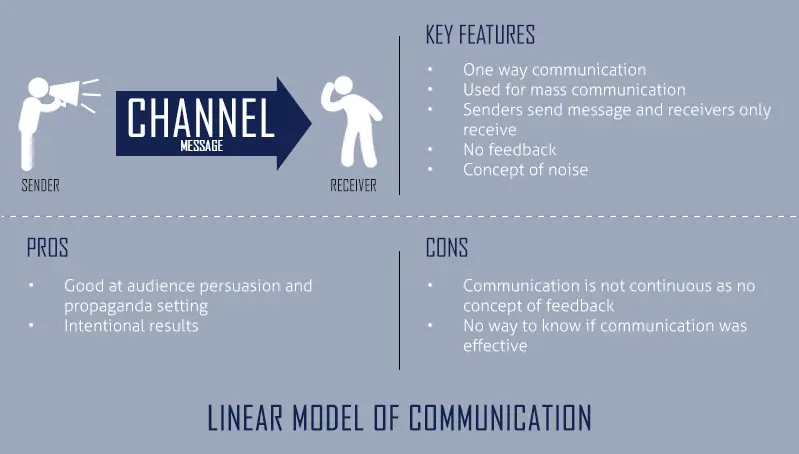
Linear Model Of Communication Businesstopia
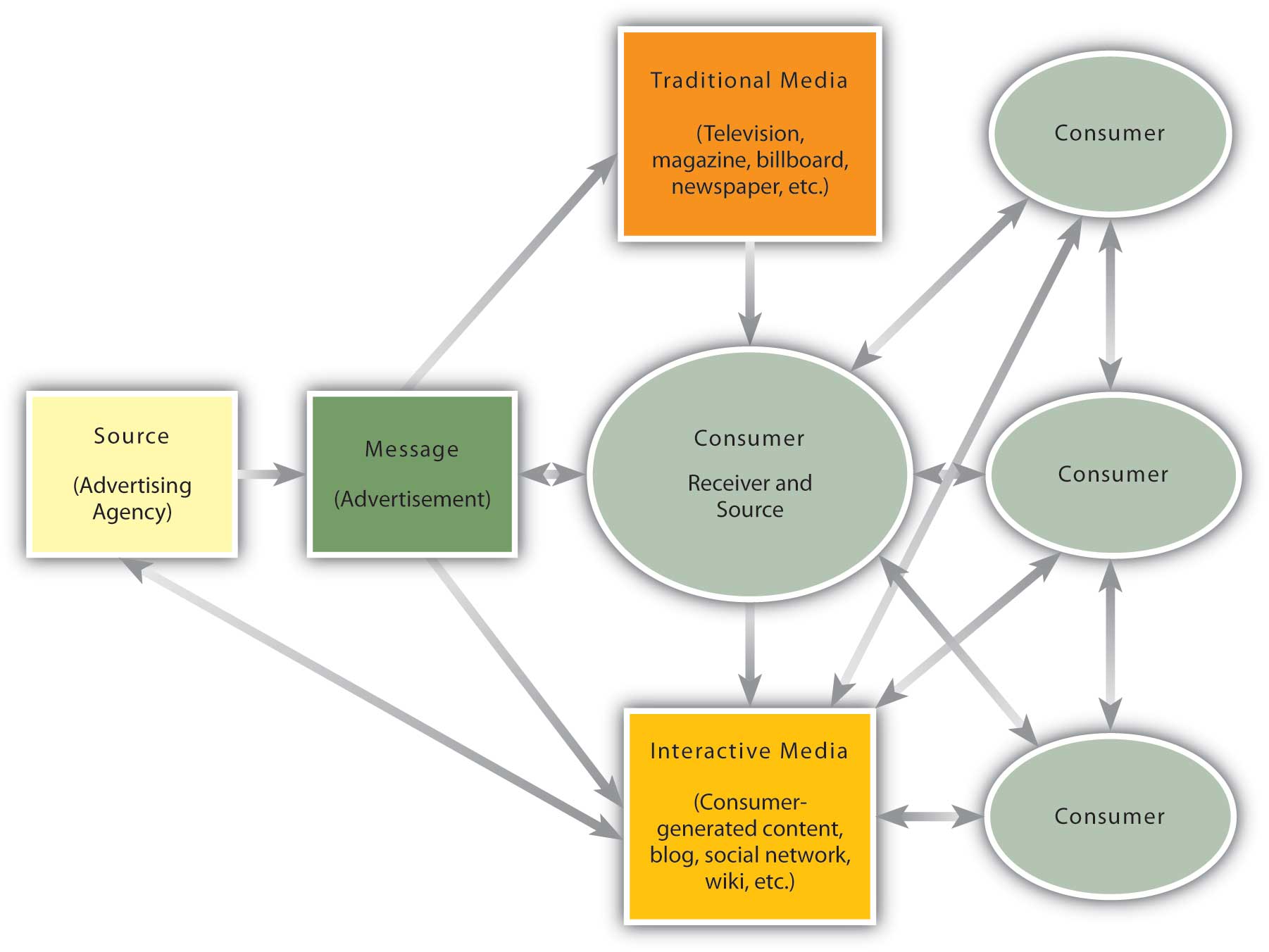
Consumers And The Communications Process Ss K Gets To Know Its Consumers
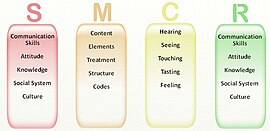
Models Of Communication Wikipedia

Cmc

Berlo S Smcr Model Of Communication A Classic Model Toolshero
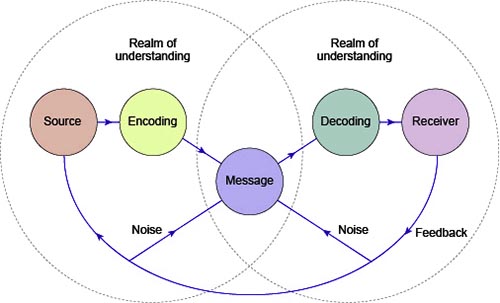
Schramm S Model Of Communication Qs Study

Doc Berlo Model Dialogue Analysis Nazirah Abdullahalim Academia Edu

6 Model Language Communication 000 114

A Transactional Model Of Communication Source Adapted And Modified Download Scientific Diagram

Berlo S Smcr Model Of Communication Businesstopia

6 Model Language Communication 000 114
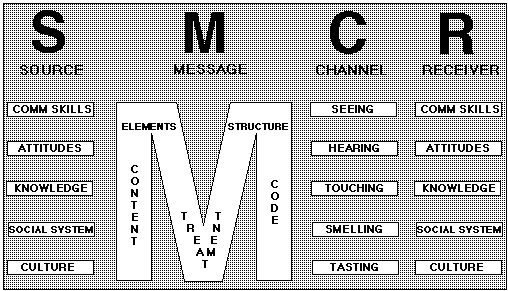
Berlo S Model Of Communication

Shannon Weaver Model For Communication Apppm

Basic Model Of Communication Imc Notes Dr Nitin Kr Saxena Learnistan

Transmission Model Of Communication

History Of Communication Models Atlantis School Of Communication

Models Of Communication Wikipedia
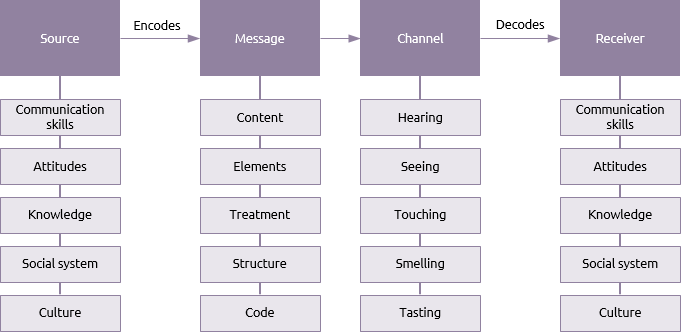
Berlo Praxis Framework
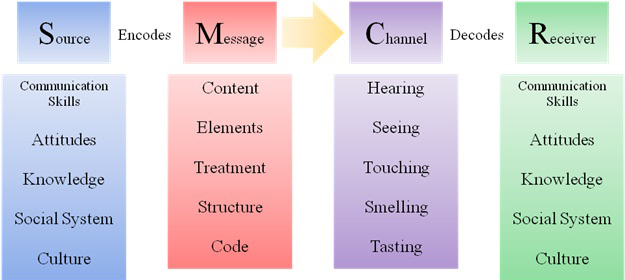
David Berlo S Model Of Communication
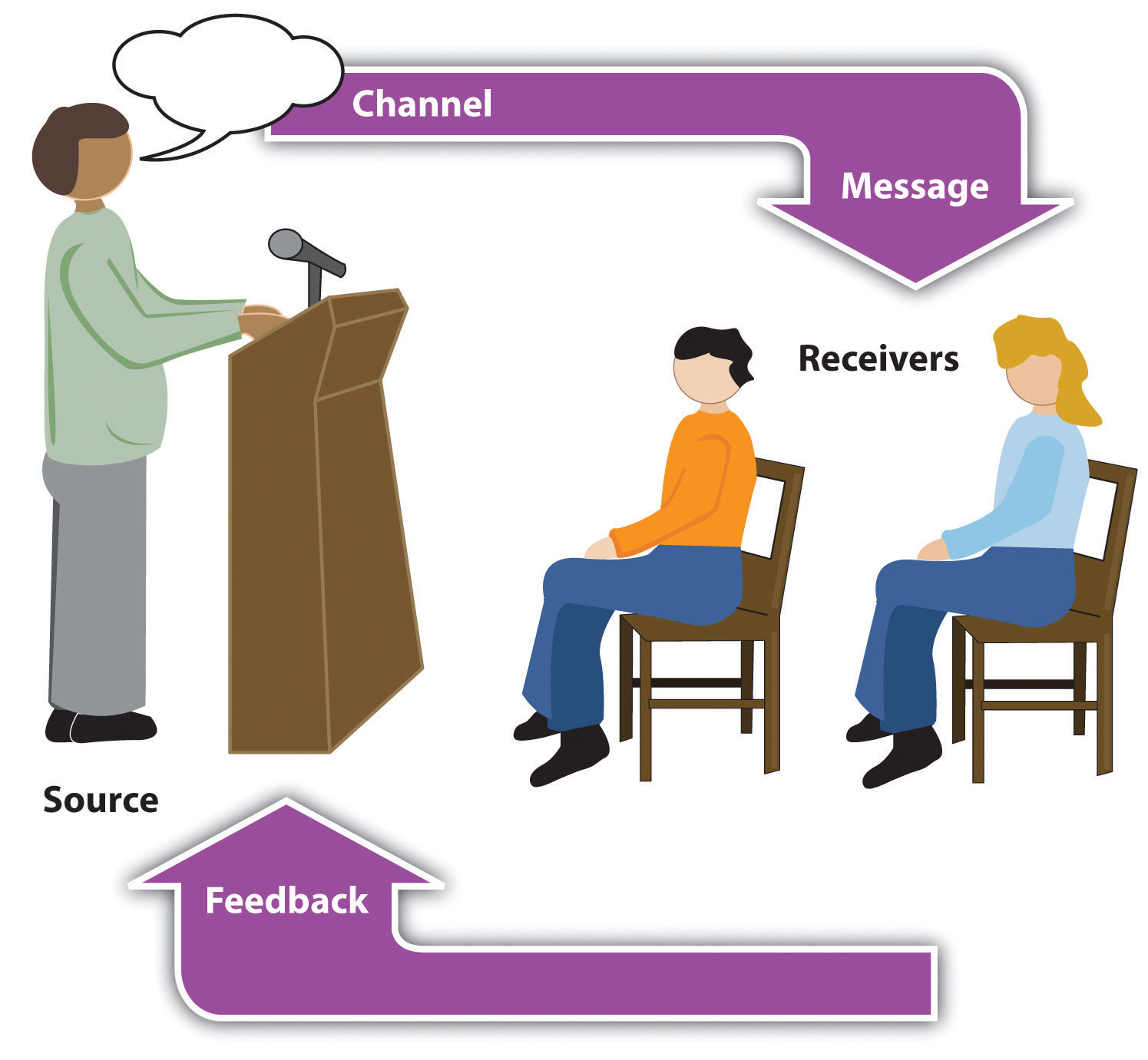
The Process Of Public Speaking Stand Up Speak Out Vennette

Early Communication Models Introduction To Mass Communication Lecture Handout Docsity

Shannon S Model Of Communication
/what-is-communication-process-1689767_FINAL-069d65e4e1414e5c917379c42a537a66.png)
The Basic Elements Of The Communication Process
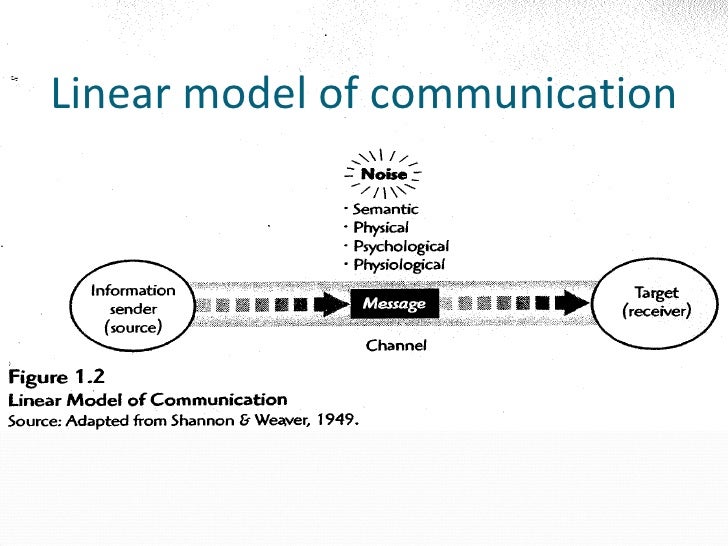
Linear Model Of Communication

Schramm Communication Model A Communication Theory Toolshero

Schramm Model Of Communication Source How Communication Works The Download Scientific Diagram
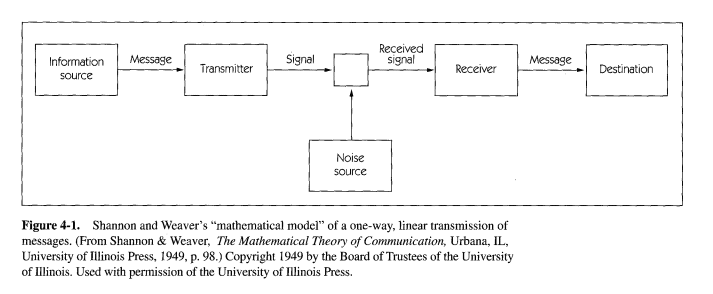
4 3 Techniical Perspective

The Ad Audit Lesson Two Communication Models Ii Communication Communication Skills Lesson

Introduction To Communication Systems Electronx

Linear Model Of Communication Free Essay Example

The Communication Process Sabkepasand

Communication Models Different Communication Models As Proposed By Many Management Theorists
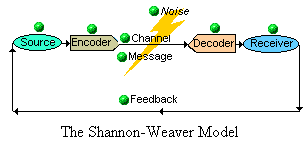
Woolly Days Shannon Weaver Model Of Communication

1 2 Elements In Communication Introduction To Professional Communications
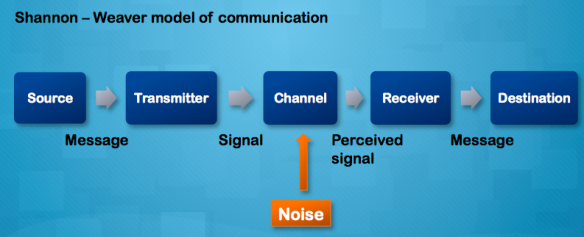
A New Model Of Communication Astronomy Communication Guide
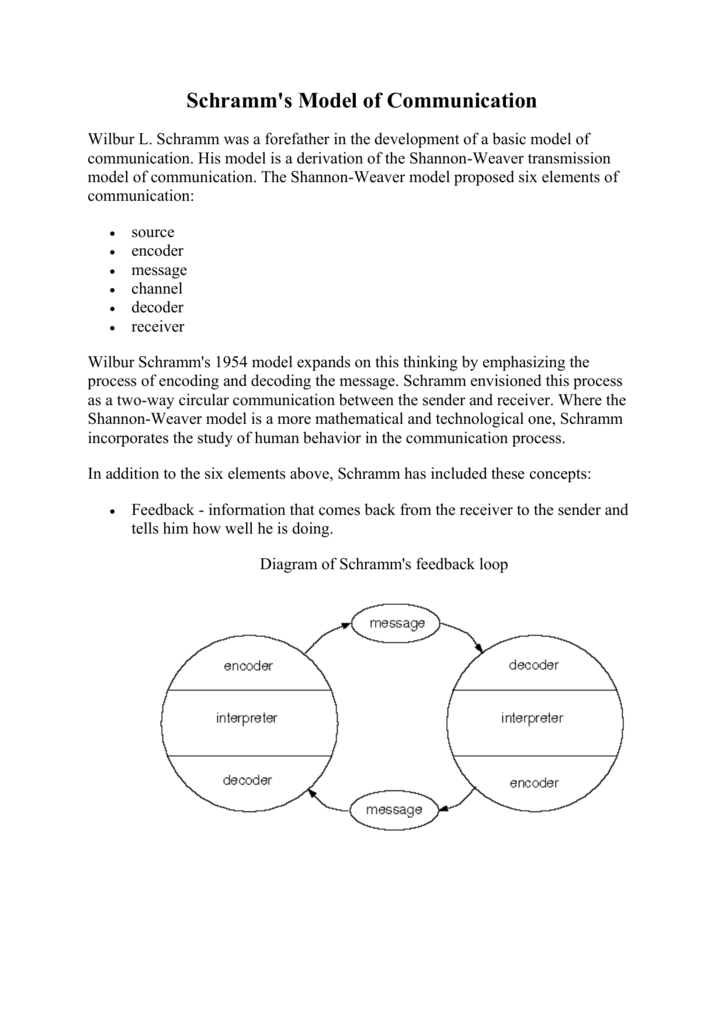
Schramm S Model Of Communication Wilbur L Schramm Was A

Models Of Communication Wikipedia

The Shannon Weaver Model Garthbox

1 Traditional Linear Model On Communication Source Based On Shannon Download Scientific Diagram
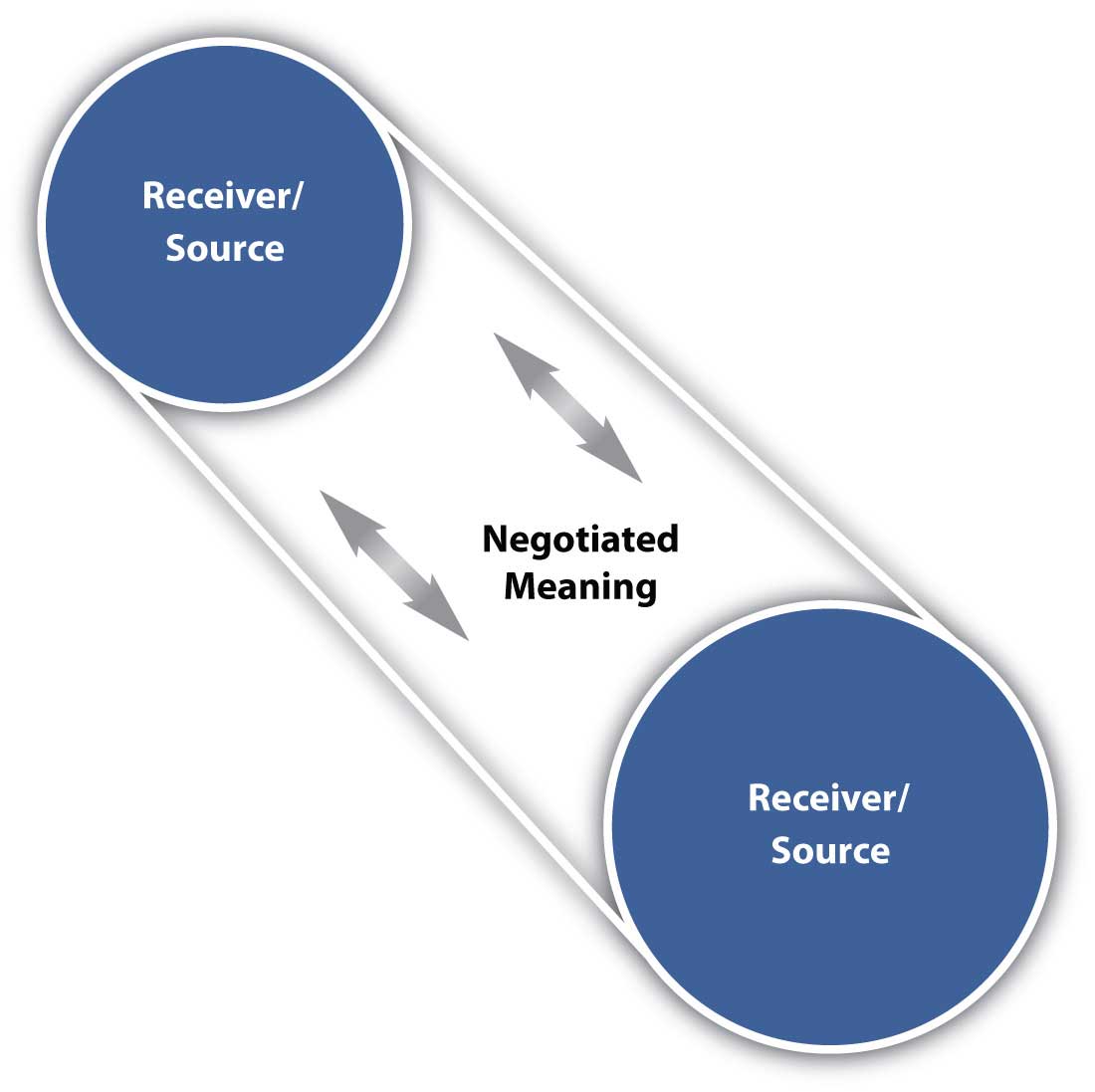
What Is Communication

Models Of Communication Wikipedia

Communication Models Flashcards Quizlet

Mcm 1 Models Of Human Communication 1 Flashcards Quizlet

Model Of Language Communication Source R O Jacobson 9 Download Scientific Diagram

Doc Communication Model Of Marketing Shweta Ashok Academia Edu

Basic Components Of Communication Kate Kei

Berlo S Smcr Model Of Communication 1960 Youtube

6 Model Language Communication 000 114
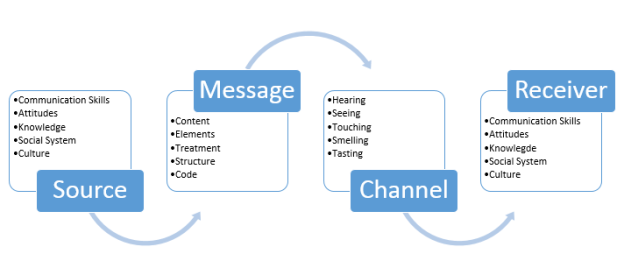
Communication Theory

Week 2 Jacob Rookes Portfolio
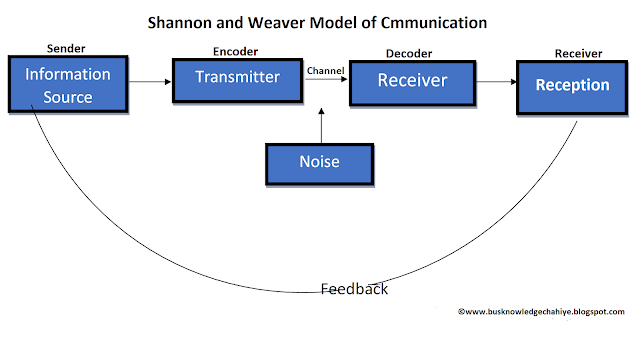
Shannon And Weaver Model Of Communication

The Communication Process Knowthis Com
Berlo S 1960 Source Message Channel Receiver Model Of Communication Download Scientific Diagram

Marketing Communication Of Events Schramm S Model Of Communication

Communication Model Having Source Message Channel Feedback And Receiver Powerpoint Presentation Sample Example Of Ppt Presentation Presentation Background

The Berlo S Model Follows The Smcr Model This Model Is Not Specific To Any Particular Communicat Communication Theory Communication Intercultural Communication
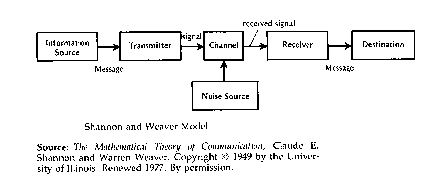
Cagle Notes

Interactive Model Of Communication Businesstopia
Communication Concepts Comm 50 401 Sp17

Basic Model Of Communication Ppt Download
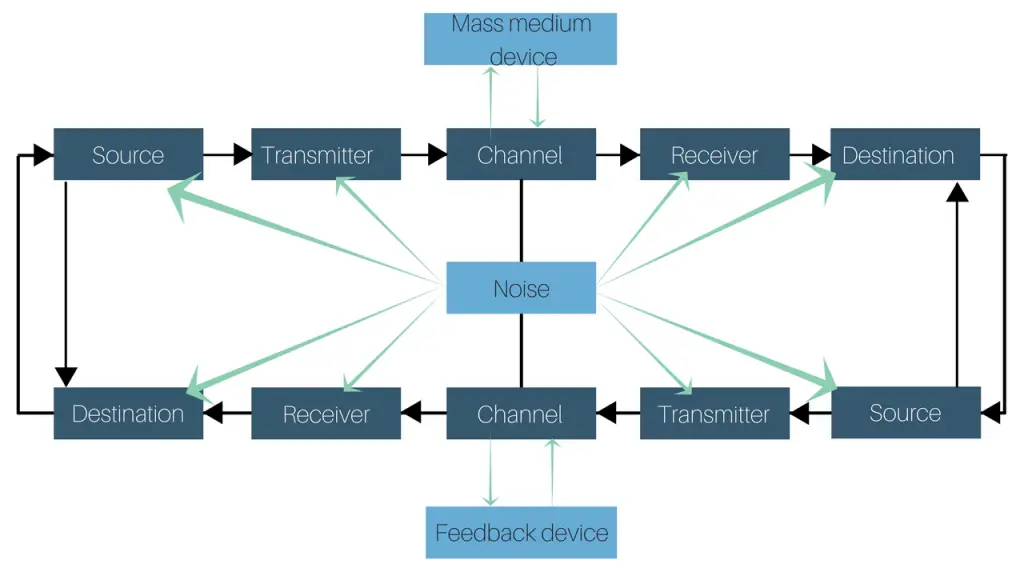
De Fleur Model Of Communication Businesstopia

Types Models Of Communication In Business

The Art Of Misunderstanding The 4 Sides Model Of Communication By Victoria Schiffer Seek Blog Medium

De Fleur Model Of Communication

Understanding Communication Skills From Mindtools Com

What Is Communication Business Writing

Marketing Online What Is New And What Is The Same In Communication Brandba Se
How Do Interdisciplinary Approaches To Cognitive Structures Modify The Communication Process Cctp748 Media Theory And Digital Culture
3
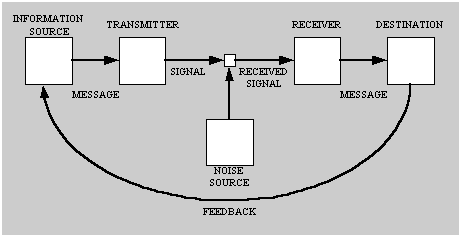
Models Of The Communication Process
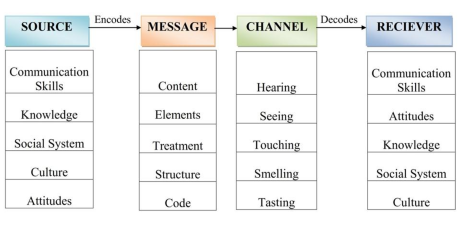
Communication Models Linear Interactive And Transactional Model Simple And Comprehensive Notes Only On Simplinotes
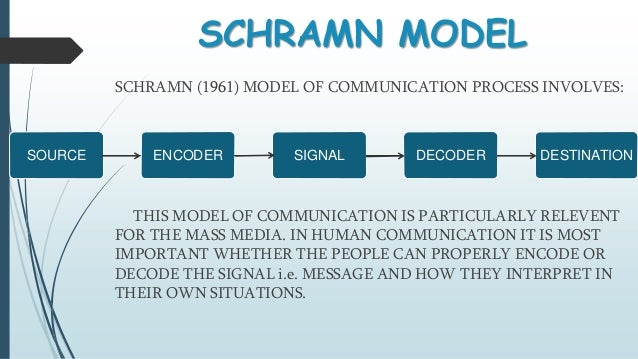
Models Of Communication
What Is The Model Of Intrapersonal Communication Quora
Q Tbn 3aand9gcsmteygwfsyxg8od4meknmigjcigjankvxoiicxflfs6lqmcvgu Usqp Cau

Communication Cycle Model Showing Source Recipient Encoding And Channel Templates Powerpoint Slides Ppt Presentation Backgrounds Backgrounds Presentation Themes

Communication Communication Process Model Swiftutors Com

Models Of The Communication Process
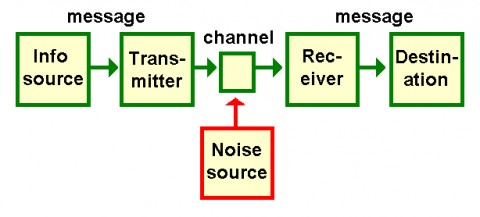
Communication Process Communication Studies

Is Shannon And Weaver S 1954 Model Of Communication Complete Larryhofc
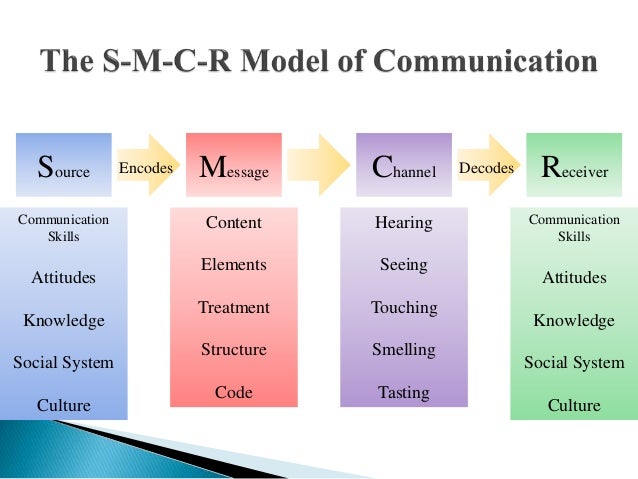
Communication In Business Environment Lessons Tes Teach
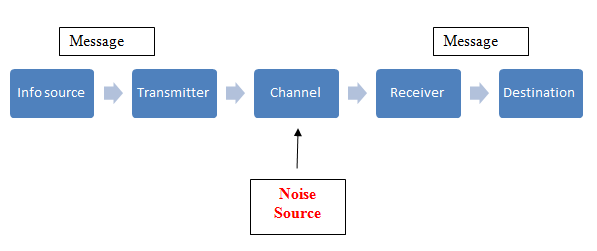
Communication Model For Organisation Research Methodology

Discuss Shannon And Weaver Model Of Communication

Discuss If Shannon And Weaver S 1954 Model Of Communication Complete Ong Zhi Long

The Communications Process Ppt Download

Top 3 Factors Of Persuasive Communication Model

Theoretical Models Sage Research Methods

A Transactional Model Of Communication Source Adapted And Modified Download Scientific Diagram
Q Tbn 3aand9gcs3b U3 P8lt 6clnjijo3si6btv3hi8rzh Polhyjr9lbwjhcp Usqp Cau

Shannon Weaver Model Of Communication By Maeve Donohue Design Theory Critical Thinking Medium

The Encode Decode Model Of Communication
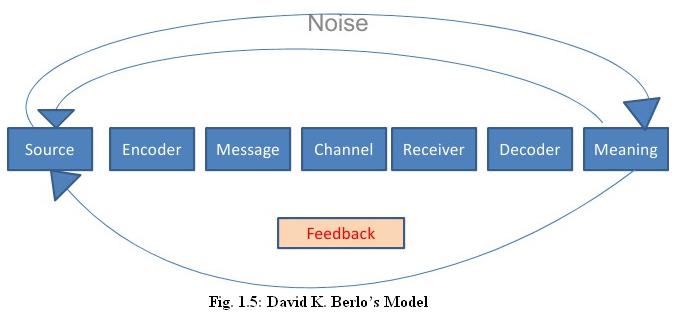
Models Of Communication Welcome To Our Website

Communication Model With Reference To Advertising Theintactone Com

The Shannon Weaver Model

A Model Of Communication
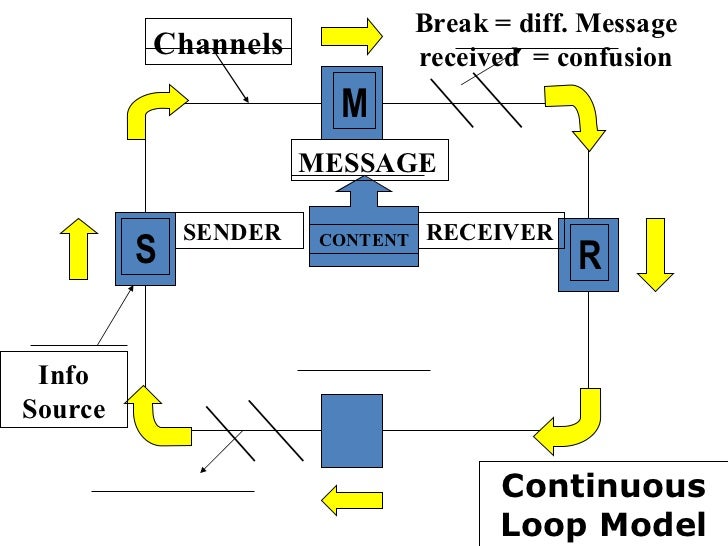
3 Models Of Communication
Q Tbn 3aand9gcrfo547h3vafh4l7qs4tegaiy5 Xiousnnz S6xsjn4tdsz6wy Usqp Cau

Are You Communicating Or Miscommunicating Jericho

Models Of Communication Wikiwand
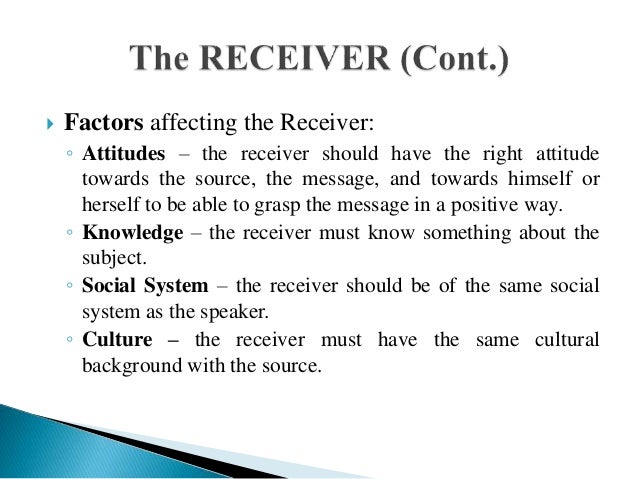
Berlo S Model Of Communication

3 Ways To Choose A Powerful And Effective Communication Style Doncrawley Com



